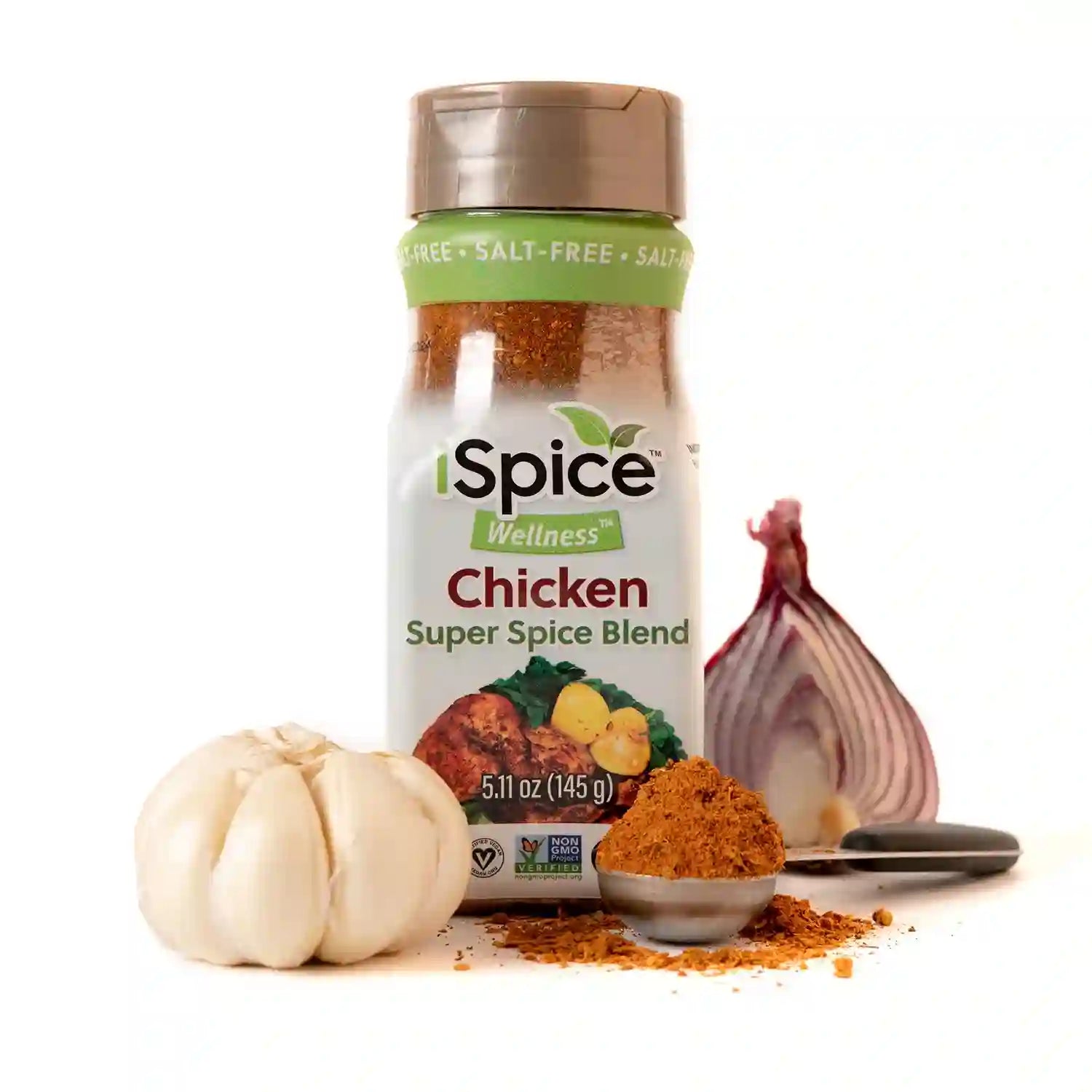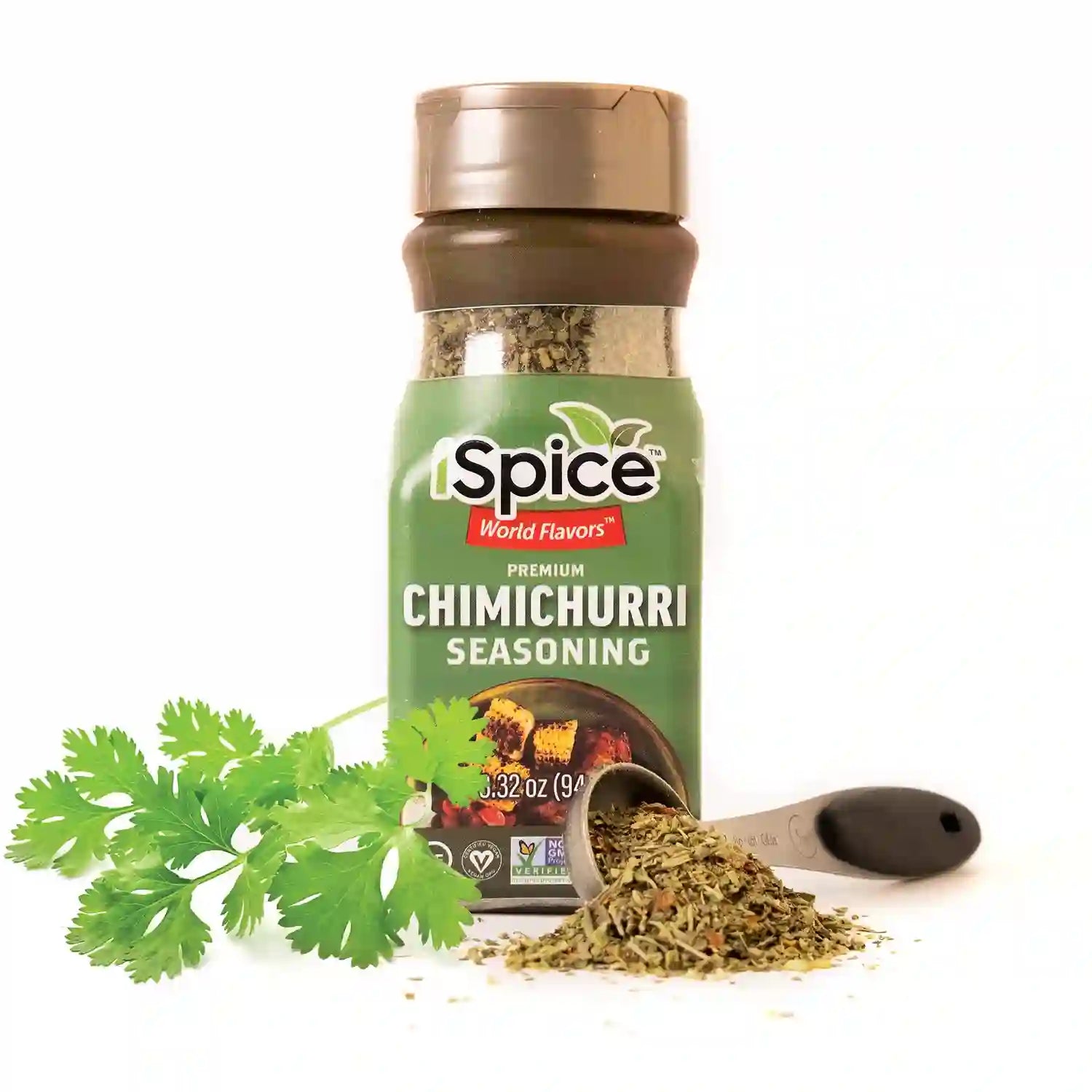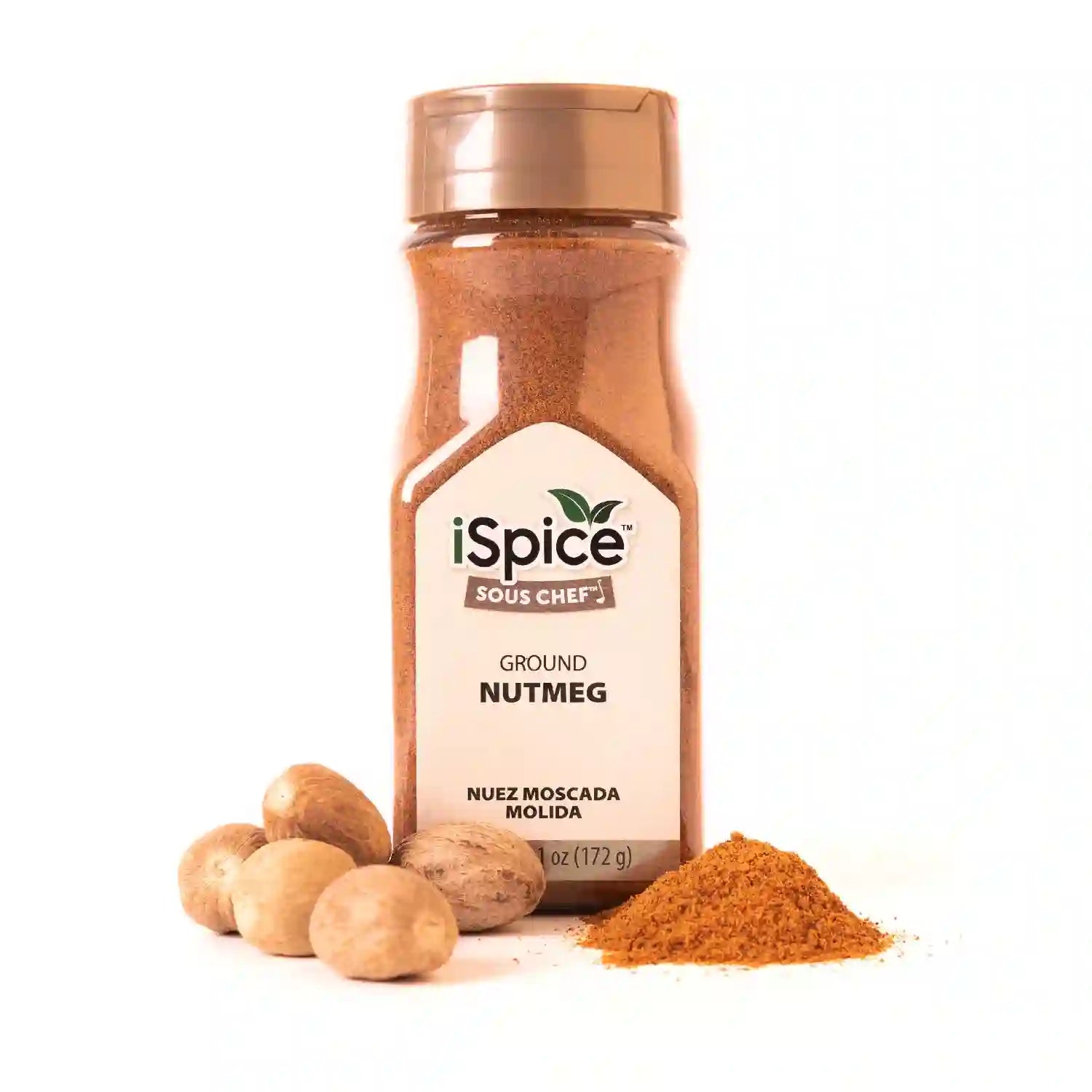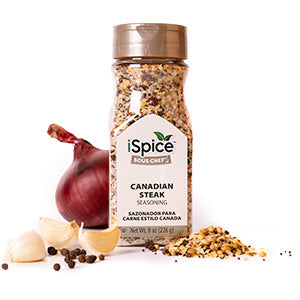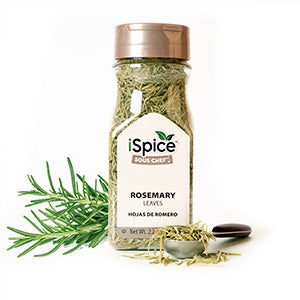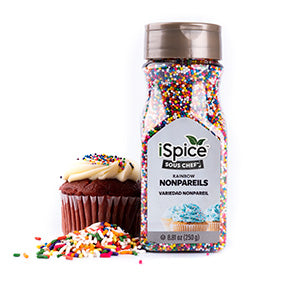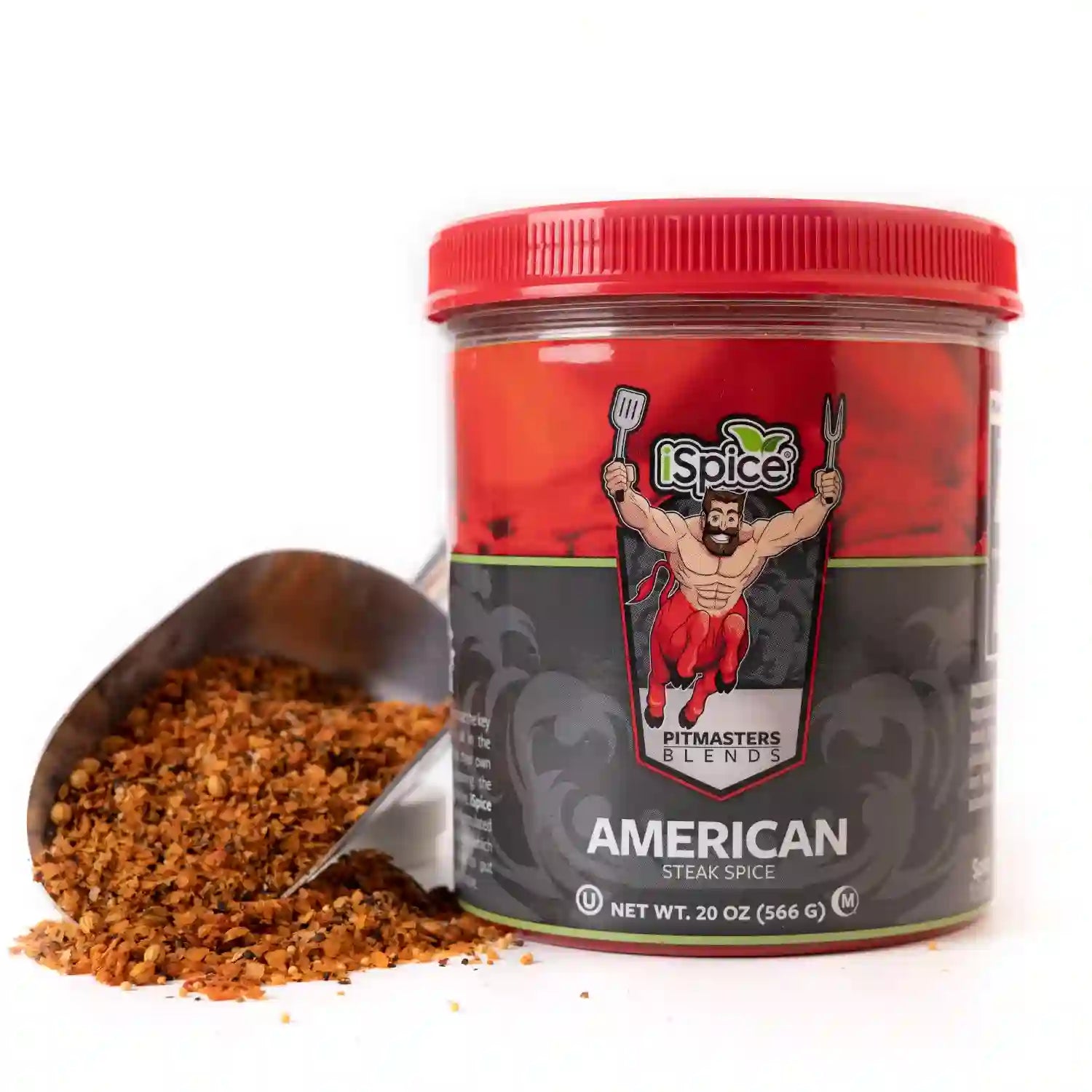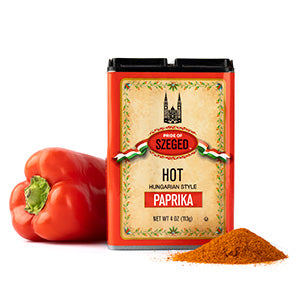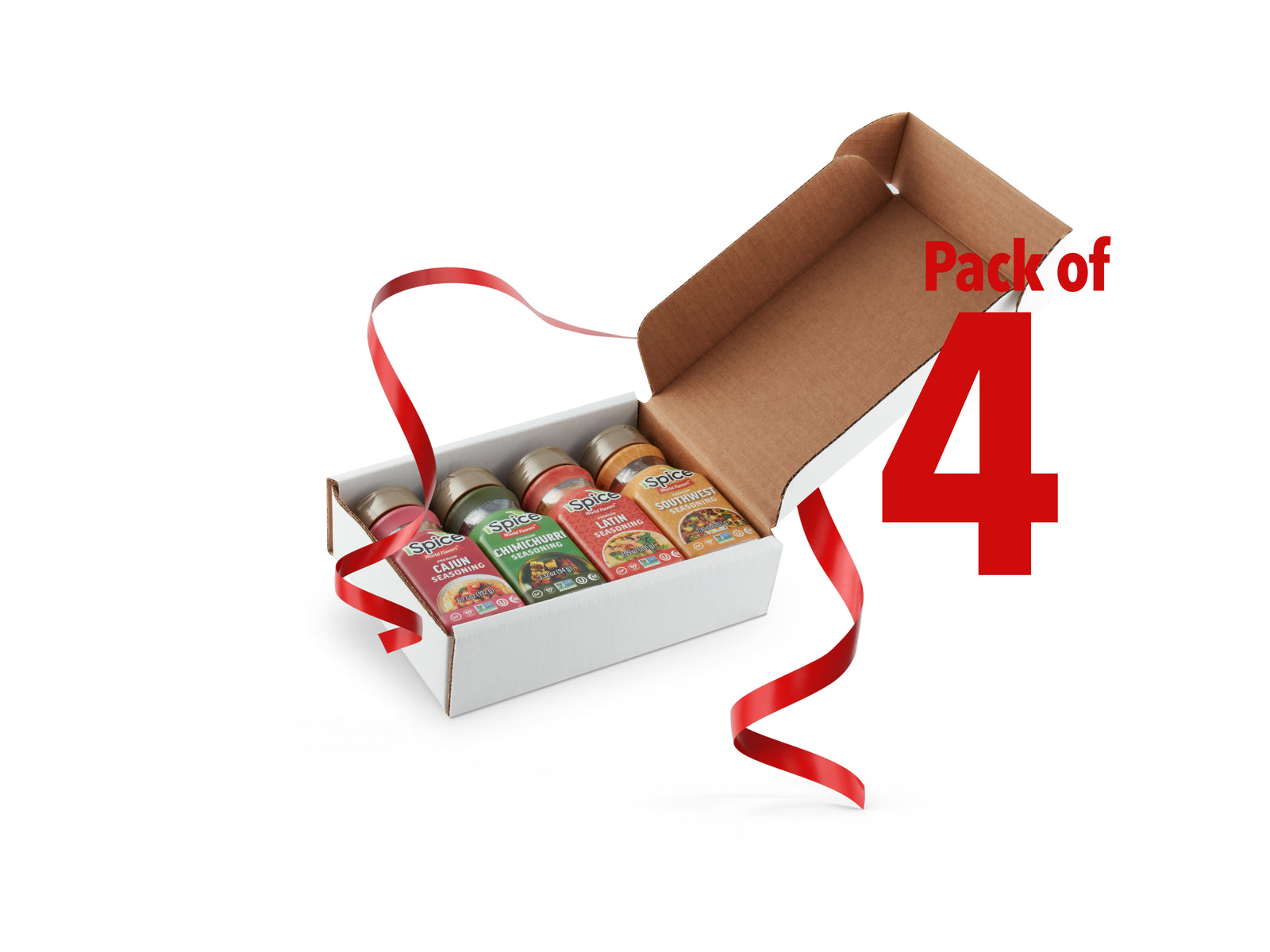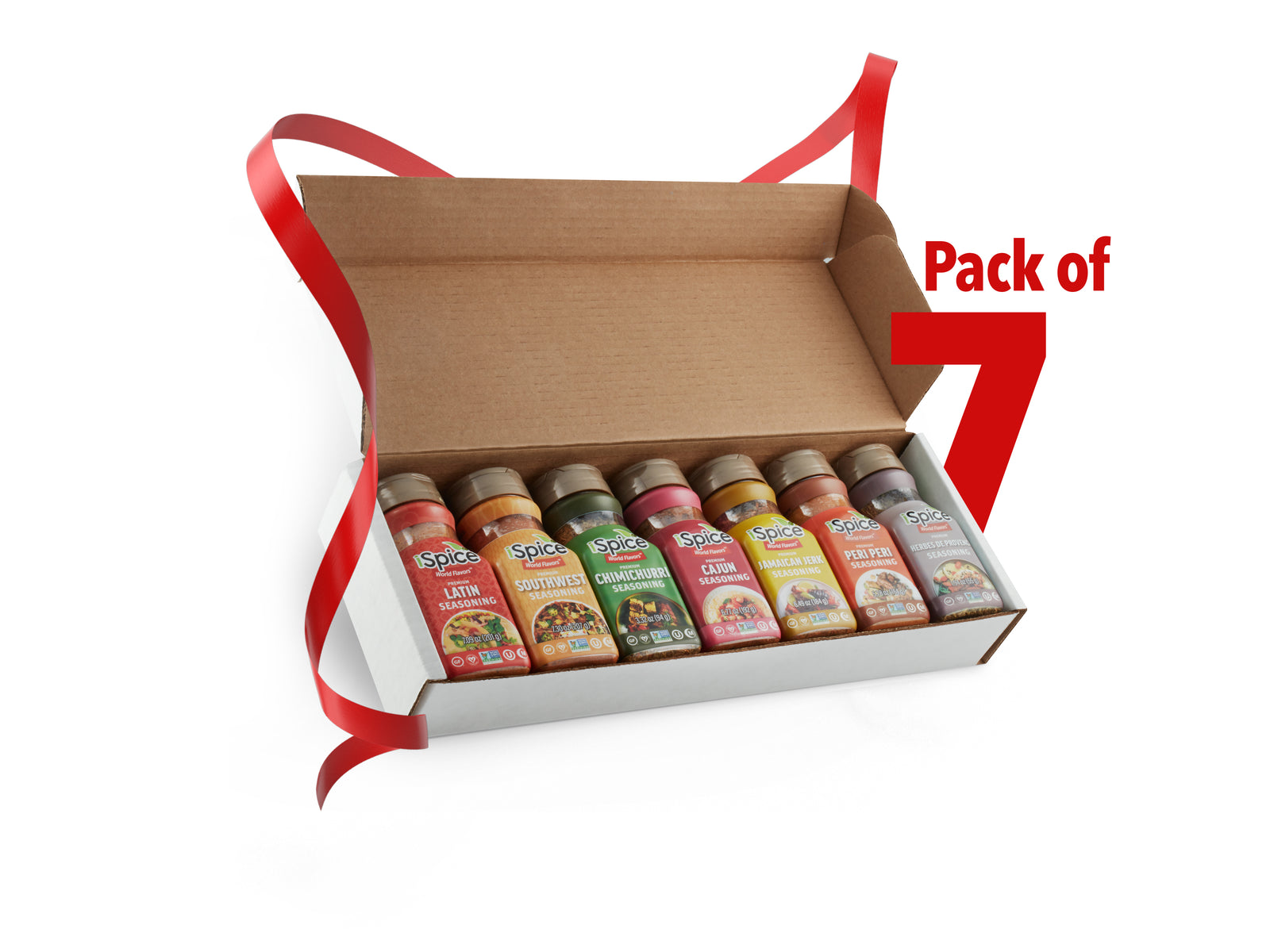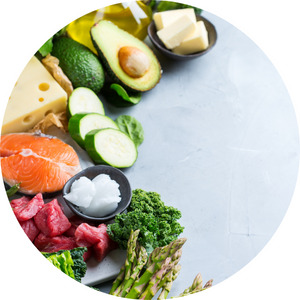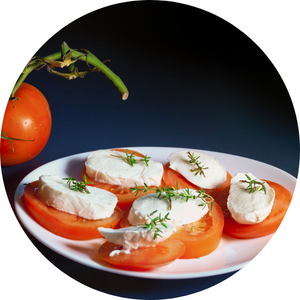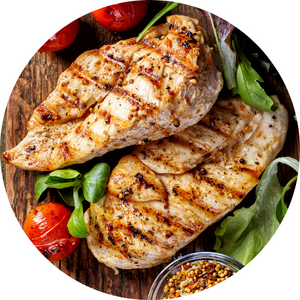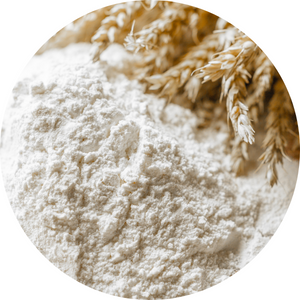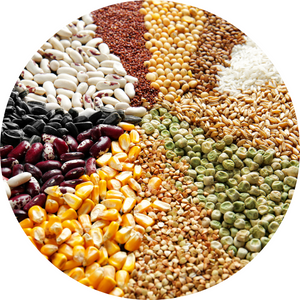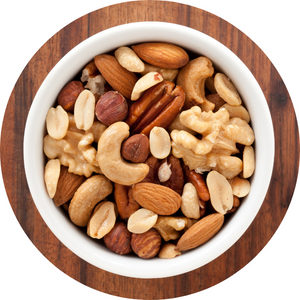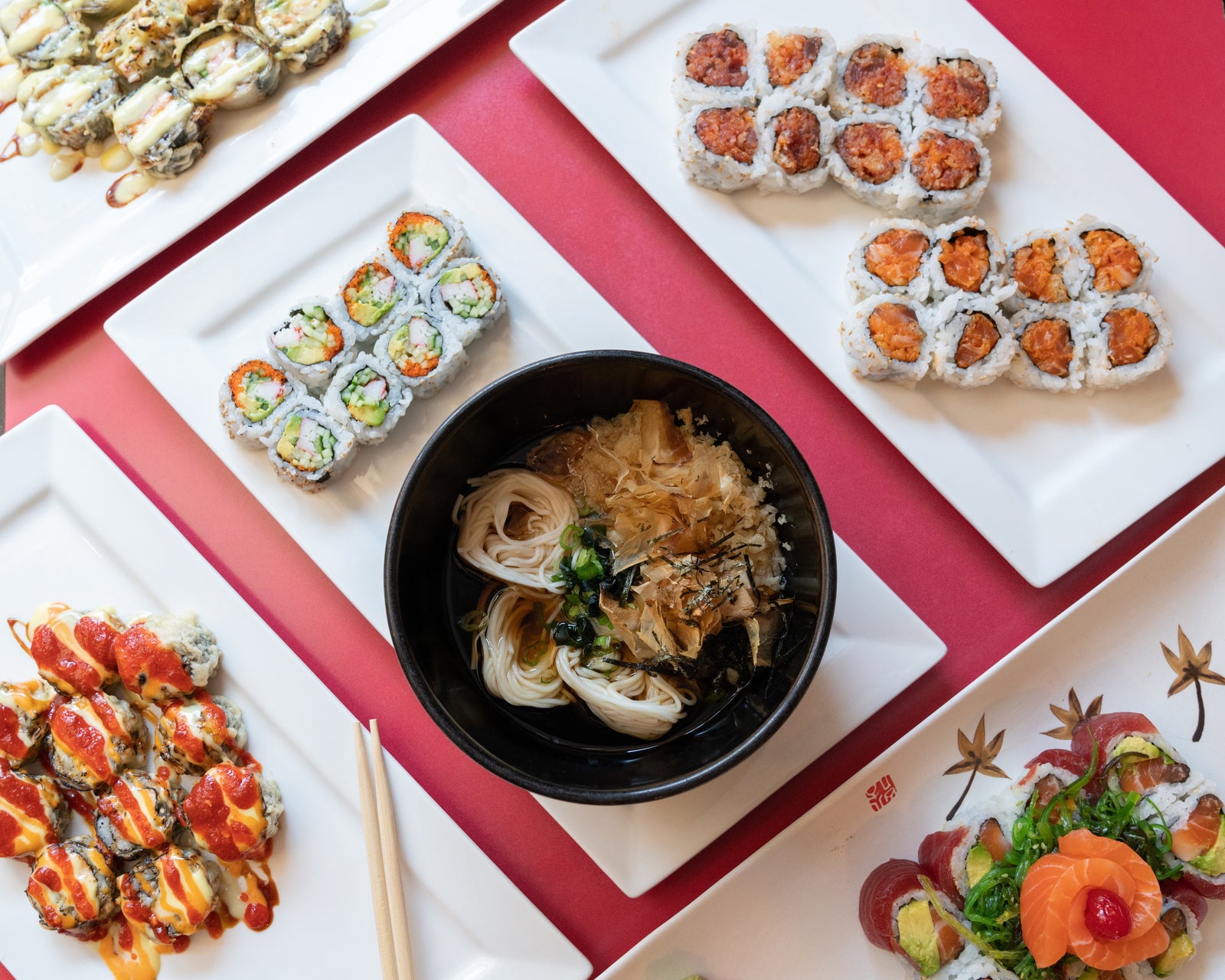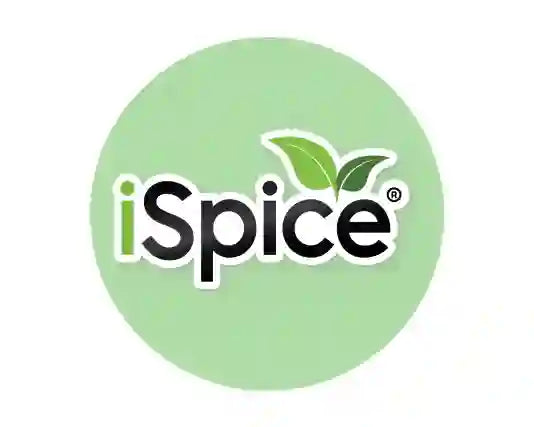
Herb-infused vinegars are a game-changer for elevating dressings, marinades, and even cocktails with vibrant, fresh flavors. These versatile infusions capture the essence of herbs, adding a gourmet touch to your dishes with minimal effort. Whether you’re drizzling them over salads or marinating grilled veggies, herb-infused vinegars are easy to make at home and perfect for food lovers looking to boost their culinary creations. Here’s a step-by-step guide to crafting your own, optimized for flavor and simplicity.
Why Make Herb-Infused Vinegars?
Infusing vinegar with herbs enhances its tangy profile with aromatic, earthy, or floral notes, making it a versatile ingredient for cooking. Not only do these infusions add depth to salads, roasted vegetables, and meats, but they also make thoughtful homemade gifts. Plus, they’re shelf-stable, cost-effective, and customizable to suit any palate.
What You’ll Need
-
Vinegar: Choose a high-quality base like apple cider vinegar, white wine vinegar, red wine vinegar, or rice vinegar. Each offers a distinct flavor profile (see suggestions below).
-
Fresh Herbs: Use fresh herbs for the best flavor—think basil, rosemary, thyme, tarragon, dill, or mint. Aim for 1 cup of fresh herbs per 2 cups of vinegar.
-
Optional Add-Ins: Garlic cloves, peppercorns, citrus zest, or chili peppers for extra complexity.
-
Equipment: A clean glass jar or bottle with a tight-fitting lid, a saucepan, a fine-mesh strainer, and a funnel.
Step-by-Step Guide to Making Herb-Infused Vinegars
Follow these simple steps to create your own herb-infused vinegars at home.
1. Choose Your Vinegar and Herbs
Select a vinegar and herb pairing that complements your intended use. Here are some winning combinations:
-
Basil + White Wine Vinegar: Bright and slightly sweet, perfect for salad dressings.
-
Rosemary + Apple Cider Vinegar: Earthy and robust, ideal for marinades for grilled vegetables or tofu.
-
Tarragon + Champagne Vinegar: Delicate and anise-like, great for light dressings or fish marinades.
-
Thyme + Red Wine Vinegar: Savory and bold, excellent for hearty roasted vegetable dishes.
-
Dill + Rice Vinegar: Fresh and tangy, perfect for pickling or Asian-inspired marinades.
-
Pro Tip: Use organic, pesticide-free herbs and wash them thoroughly to avoid contaminants.
2. Prepare the Herbs
-
Rinse fresh herbs under cold water and pat dry with a clean towel.
-
Lightly bruise the herbs by gently crushing them with your hands or a mortar and pestle to release their essential oils.
-
If using add-ins like garlic or citrus zest, peel and lightly crush them to enhance flavor infusion.
3. Infuse the Vinegar
-
Cold Infusion (Preferred for Delicate Flavors):
-
Place the herbs (and optional add-ins) in a sterilized glass jar or bottle.
-
Pour the vinegar over the herbs, ensuring they’re fully submerged. Use a 1:2 ratio of herbs to vinegar (e.g., 1 cup herbs to 2 cups vinegar).
-
Seal the jar tightly and store in a cool, dark place for 1-3 weeks, shaking gently every few days to mix.
-
-
Warm Infusion (Faster, for Robust Herbs):
-
Heat the vinegar in a saucepan over low heat until warm (not boiling, around 100-110°F).
-
Pour the warm vinegar over the herbs in a sterilized jar, ensuring they’re submerged.
-
Let cool, then seal and store in a cool, dark place for 5-7 days.
-
-
Pro Tip: Taste-test after a week to check flavor intensity. If it’s too mild, let it infuse longer.
4. Strain and Bottle
-
Once the desired flavor is reached, strain the vinegar through a fine-mesh strainer or cheesecloth into a clean, sterilized bottle.
-
Discard the herbs or reserve them for immediate use in cooking (they’re not shelf-stable).
-
Seal the bottle with a cork or tight-fitting lid and label with the herb and date.
5. Store and Use
-
Store herb-infused vinegars in a cool, dark place. They can last up to 6 months, though flavors are best within 3 months.
-
Use in salad dressings, marinades, sauces, or even as a splash in soups or cocktails for a zesty kick.
Recipe Ideas for Herb-Infused Vinegars
Here are a few ways to put your infusions to work:
-
Basil Vinegar Dressing: Whisk ¼ cup basil-infused white wine vinegar with ½ cup olive oil, 1 tsp Dijon mustard, 1 tsp honey, and a pinch of salt. Drizzle over a Caprese salad.
-
Rosemary Vinegar Marinade: Combine ¼ cup rosemary-infused apple cider vinegar with ¼ cup olive oil, 2 minced garlic cloves, and 1 tsp black pepper. Marinate tofu or mushrooms for 30 minutes before grilling.
-
Tarragon Vinegar Sauce: Mix 2 tbsp tarragon-infused champagne vinegar with ½ cup Greek yogurt and 1 tbsp chopped chives for a creamy sauce to serve with roasted fish or veggies.
Tips for Success
-
Sterilize Everything: Boil jars and bottles for 10 minutes to prevent bacterial growth and ensure shelf stability.
-
Balance Flavors: Start with a small batch to test herb-vinegar ratios before scaling up.
-
Experiment with Add-Ins: Try adding a few black peppercorns, a strip of lemon zest, or a dried chili for unique flavor twists.
-
Safety First: If the vinegar develops an off smell, cloudiness, or mold, discard it immediately.
Why Herb-Infused Vinegars Are a Must-Try
Herb-infused vinegars are an easy way to add restaurant-quality flair to your cooking. They’re budget-friendly, customizable, and bring out the best in simple ingredients. Whether you’re dressing a fresh salad, marinating veggies, or gifting a bottle to a foodie friend, these infusions will elevate your culinary game with minimal effort.
Get Started with Your Infusions!
Ready to transform your dishes? Grab your favorite herbs and vinegar, and start experimenting with these simple infusions. Your salads, marinades, and sauces will thank you for the burst of flavor!

